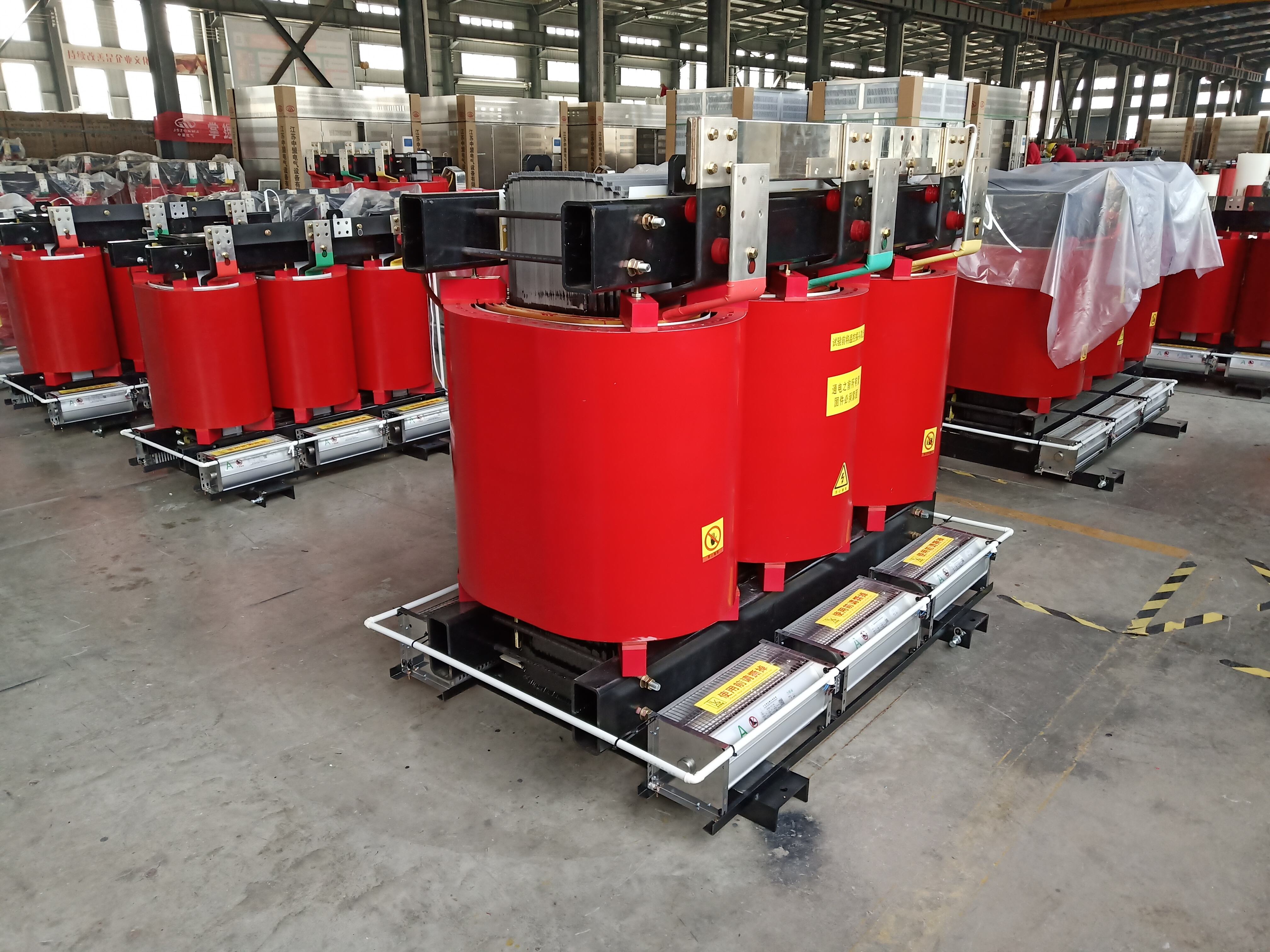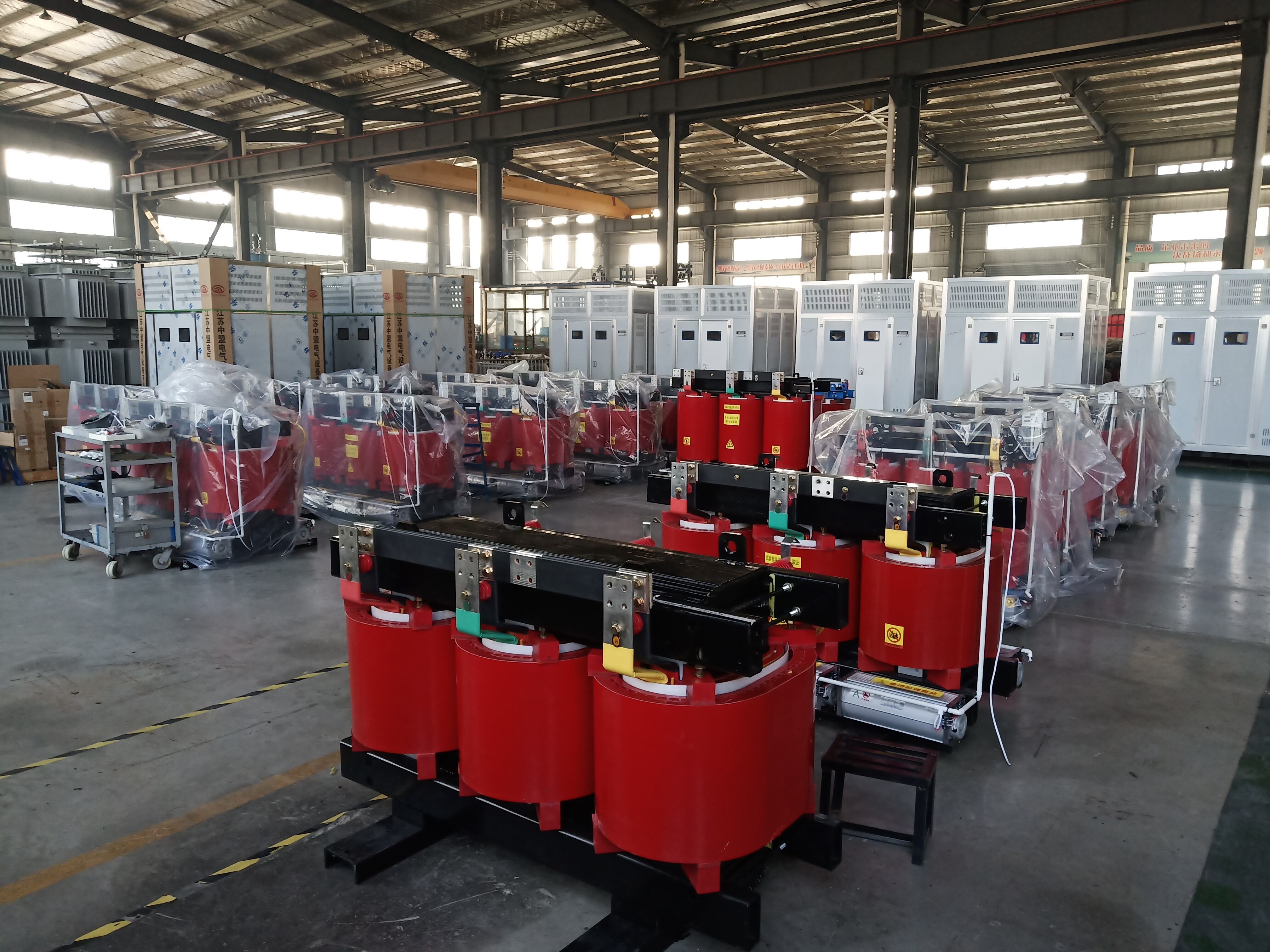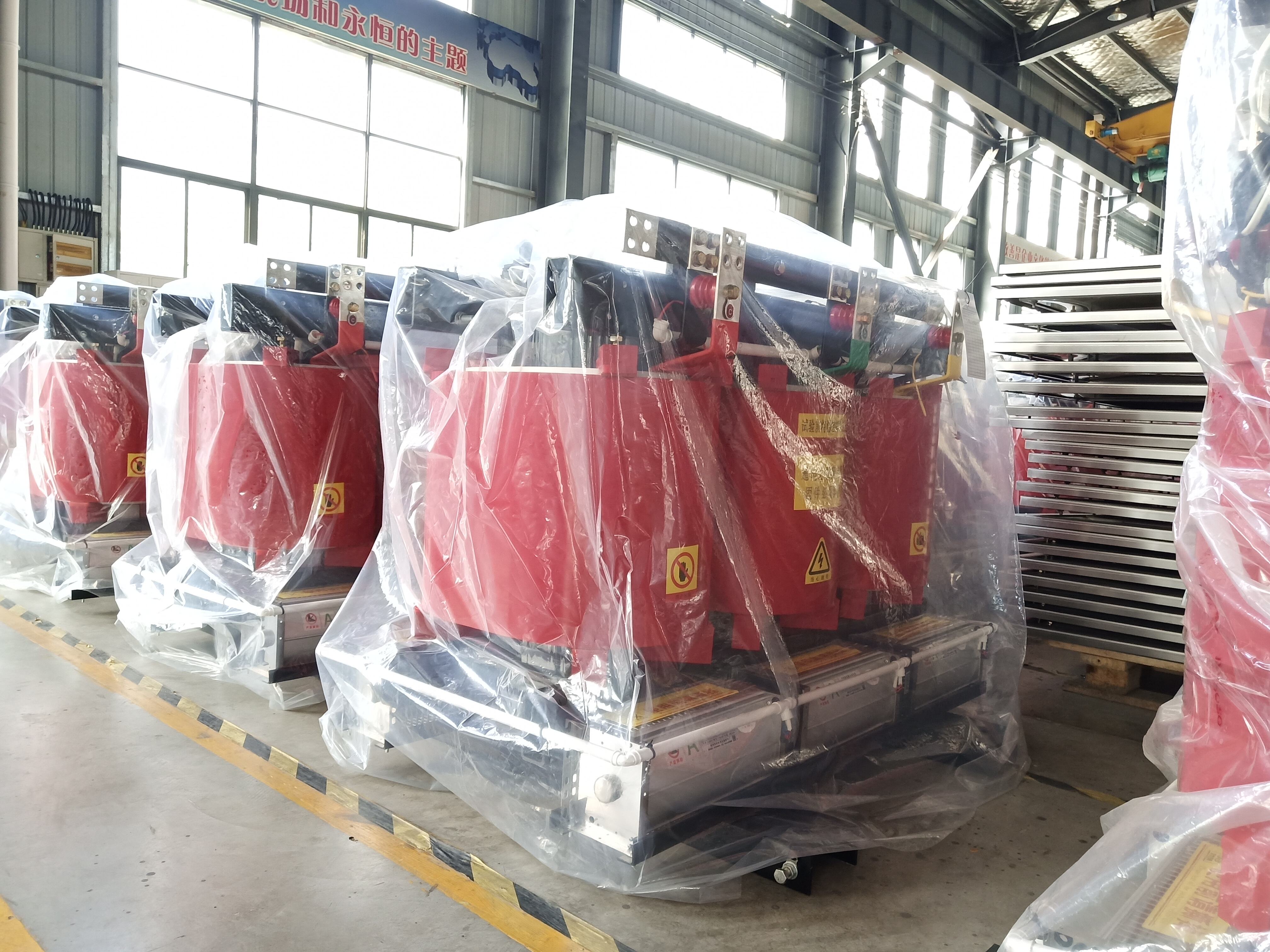substation transformer cost
Substation transformer cost represents a significant investment in power distribution infrastructure, encompassing various factors that influence the final pricing. These transformers are essential components that convert high-voltage electricity to lower voltages suitable for distribution networks. The cost typically includes the core transformer unit, installation expenses, auxiliary equipment, and maintenance considerations. Modern substation transformers incorporate advanced monitoring systems, protective devices, and cooling mechanisms that enhance their reliability and efficiency. The initial investment varies based on capacity ratings, ranging from smaller distribution units to large power transformers handling hundreds of MVA. Factors affecting the cost include copper or aluminum windings, core material quality, insulation systems, and protective features. The total expense also considers transportation, site preparation, installation labor, and commissioning procedures. Additionally, manufacturers often provide customization options for specific voltage requirements, load patterns, and environmental conditions, which can impact the final price. Understanding these cost components is crucial for utilities, industrial facilities, and infrastructure projects to make informed decisions about their power distribution needs.


